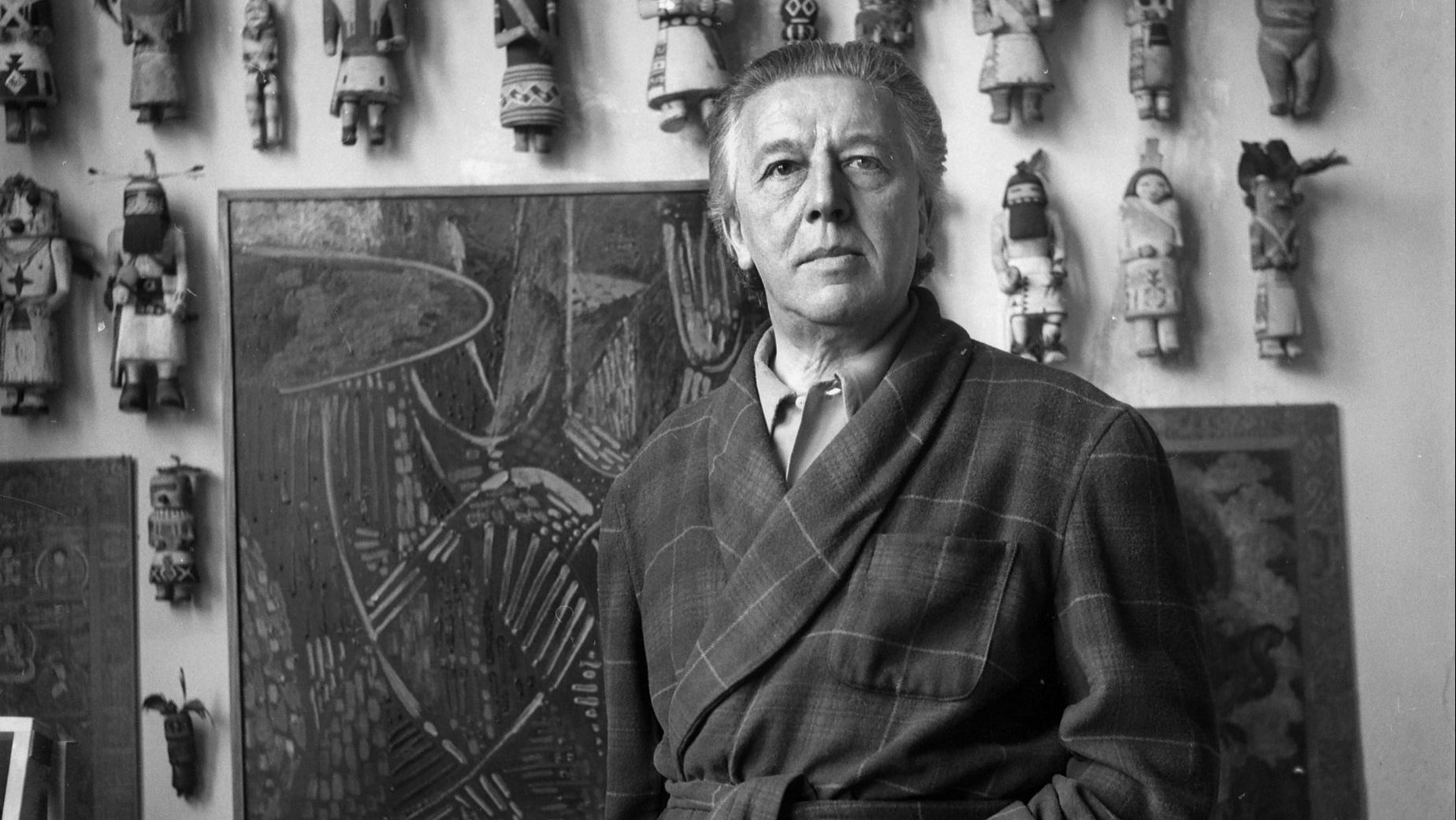The history of the linguistic anglicisation of the Americas is a complex one. It involved a great deal of competition for colonial possessions between the main Atlantic European powers. The chief European competitors for American lands were Spain, Portugal, Sweden, Denmark, the Netherlands, France and England (post-1707, Britain).
As early as the late 16th century, the Dutch had already established several colonial trading enterprises in the Americas, notably the New Netherland colony on the north-eastern coast of North America. The Dutch West India Company eventually took over this colony, which by 1623 comprised parts of what are now the US states of Connecticut, New York (including Manhattan), New Jersey and Delaware.
They then founded Fort Orange, which later became the town of Albany, New York, and New Amsterdam, later called New York City.
Sweden had become a great imperial power and in 1637 they arrived. The New Sweden Company established a colony to the south of the Dutch-controlled area in what is now Delaware, along both banks of the lower reaches of the Delaware River. They called it Nya Sverige or “New Sweden”. This territory also extended into parts of what are now Maryland, New Jersey, and Pennsylvania.
Wilmington, Delaware, was originally called Kristinehamn, with hamn being the Swedish word for “harbour”; Kristine or Christina was the name of the contemporary Swedish queen.
The Swedish language was widely spoken in Nya Sverige, as was Finnish – Finland was administered as part of Sweden at that time, and many of the colonists of New Sweden were in fact Finnish speakers.
In September 1655, the leader of the New Netherland colony, Peter Stuyvesant, led a force of seven ships and 300 men which attacked New Sweden from the north and seized control of the area. But then in 1674 they ceded both colonies to the English, who nevertheless allowed individual Dutch and Swedish colonists to remain on their lands.
The Dutch language survived over much of the formerly Dutch-controlled area for many decades. The eighth president of the USA, Martin Van Buren (1782-1862), grew up monolingual in Dutch in Kinderhook (Dutch Kinderhoek) in New York State and learnt English later in life. Many of his relatives spoke with a Dutch accent in their English.
Kinderhoek is Dutch for “children’s corner”: apparently when the Dutch colonists first arrived they encountered a community of indigenous Algonquian-speaking people with what seemed to them to be very large numbers of children. The “corner” part of the name may be a reference to a particular bend in the river.
We saw before that one (surely mistaken) theory about the origin of the expression “OK” was that it arose during Van Buren’s election campaign, during which he came to be known as Old Kinderhook or OK. Van Buren had grown up as part of a large community of Dutch speakers – even in 1910, there were still a few Dutch speakers left in Kinderhook.
Dronning
It is no particular surprise to anglophones that the Swedish and Danish words for king are, respectively, kung and kong. But how many English speakers would have guessed that dronning or drottning is the Scandinavian word for “queen”? It comes from Old Norse dróttning (“mistress, queen”), from dróttinn (“lord, leader”) and from drótt (“band, flock”).




